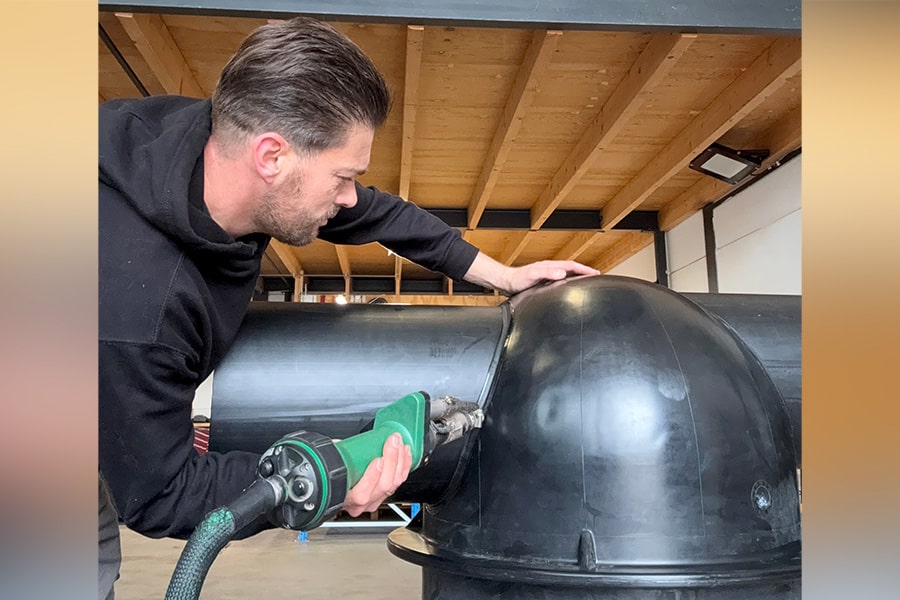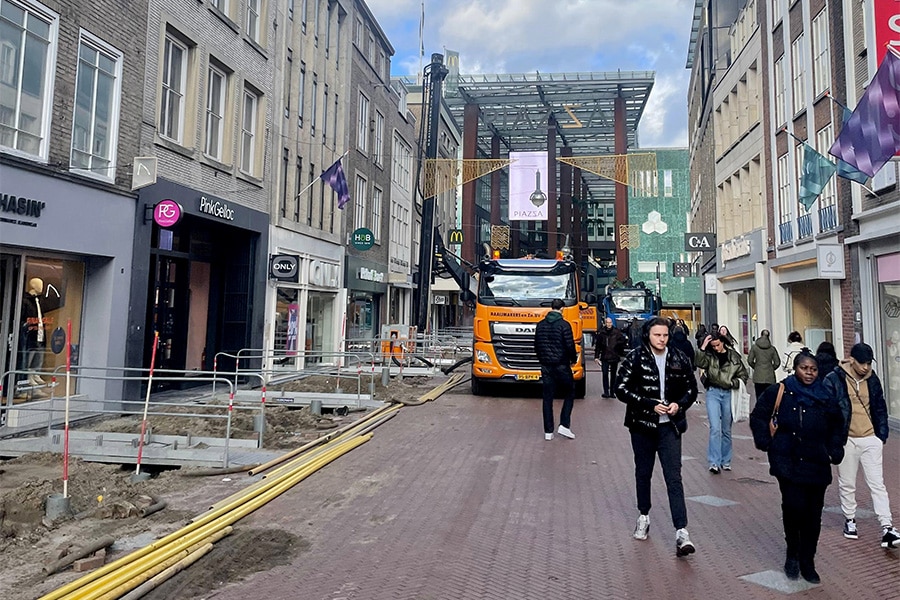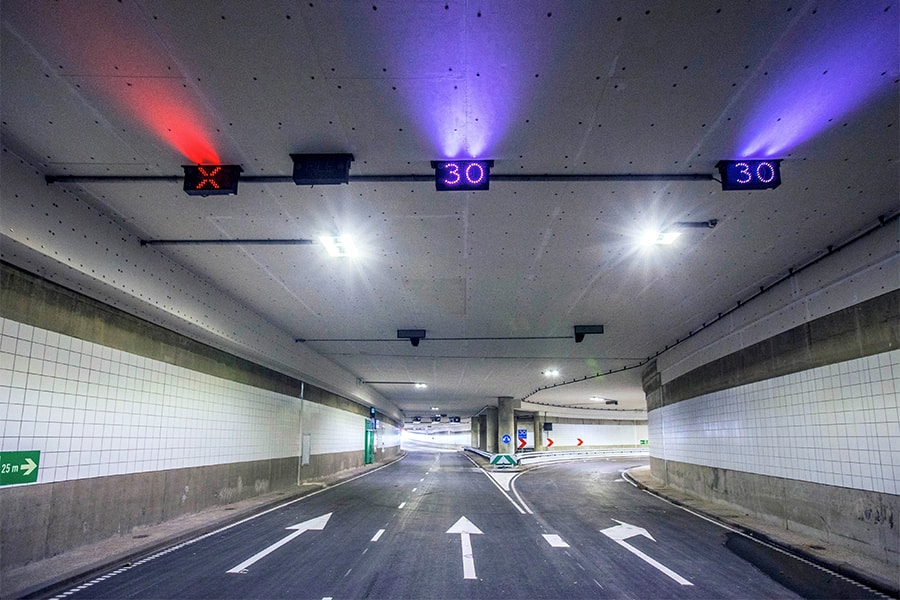
Specialist foundation work for new nuclear reactor
Special project in the Petten dunes
In the dunes of Petten, North Holland, there has been a nuclear reactor since the 1960s where medical isotopes are researched and produced. However, this so-called High-Flux Reactor (HFR) is 60 years old. And in the case of such reactors, the older it is, the greater the risk that production will stop, preventing patients from receiving diagnosis or treatment. Therefore, construction of the new PALLAS reactor has begun. Franki Grondtechnieken is making an important contribution to the project with various specialized foundation works.
Given the nature of the work (construction of a nuclear reactor), the entire design of the project, which began in 2021, is in the context of nuclear safety. This means that circumstances that will most likely never occur simultaneously, such as extreme high water or earthquakes, have been taken into account. The reactor is designed to be so robust that it will remain intact even under the most extreme conditions. This naturally translates into high quality requirements during the construction phase. All parts of the construction are thoroughly prepared and extensively checked several times, so that it can be stated with certainty that the construction meets all set standards and requirements.

Implementation
Most of the work involves foundation work performed by Franki Grondtechnieken. The Dordrecht company has now started the realization of the diaphragm walls that form the edge of the construction pit. "This construction pit measures approximately 50 by 50 meters and is formed by digging deep walls with a thickness of 1.5 meters and a depth of 35 meters," says Jan Leen van der Vlies, director of execution within Franki. "Following this, these diaphragm walls will be fitted with very heavy reinforcement baskets. To ensure the safety surrounding the handling of the heavy baskets on the PALLAS site, the first specimens were subjected to extensive lifting tests at the production site in Belgium. These showed that the calculated strength and working method for vertically installing the baskets can actually be carried out safely and efficiently."

When the diaphragm walls are completed, Franki will then fit the pit with 162 drilled strand anchors to ensure the stability of the building pit after excavation. After testing and tensioning the anchors, the pit will be excavated "in the wet" to a depth of more than 20 meters below ground level. This will be followed by another feat of foundation work. "From pontoons we will install a total of 380 screwed steel tubular piles with a length of 33 meters to over 50 meters below ground level," continues Van der Vlies. "After this, we will provide the bottom of the construction pit with a thick layer of underwater concrete. Once this has cured, the entire pit will be drained. To conclude, BESIX Nederland will build the final structural floor with a thickness of 1.5 meters in the pit at the end of 2024. Then the construction pit can be handed over to PALLAS."

Challenge
The project represents a very special job for all involved. After all, the works are being carried out in an uncommon environment. A fact that translates into a very intensive check of quality and safety.
But the project is also challenging in a technical sense. "Because the work consists of extremely large foundation elements, it is not always possible to blindly rely on experience. Simply because works of this size with this application have not been carried out in the Netherlands before," believes Van der Vlies, who praises the teamwork displayed. "The great strength within this project is the unique open, transparent collaboration between PALLAS, BESIX and Franki Grondtechnieken, complemented by the knowledge and capacity of co-makers De Vries Titan (anchors, ed.) and Bonneveld (earthworks, ed.). For everyone, the construction of a reactor is largely a new phenomenon. That makes it necessary to work together optimally. We desperately need each other's knowledge."




